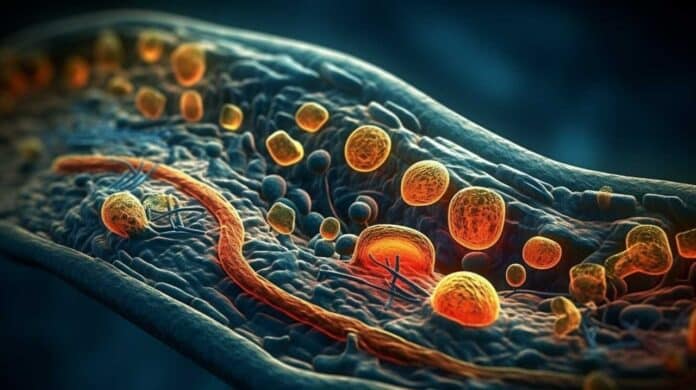Cell plasticity is a fascinating area of research that aims to uncover the mechanisms underlying the dynamic nature of cells and their ability to adapt and transform. By understanding the factors and processes involved in cell plasticity, scientists can gain valuable insights into various biological phenomena, including tissue development, regeneration, and disease progression.
The exploration of cell plasticity holds great promise for advancing our knowledge of cellular behavior and uncovering new therapeutic targets for various conditions.
In a breakthrough study, the University of Michigan researchers have challenged the long-held belief that cell differentiation is a one-way process. By studying zebrafish, they have identified a mitochondrial loop that enables cells to reverse their differentiation pathway.
Mitochondria, the cell’s energy-producing organelles, play a vital role in this mechanism. The findings, published in the Proceedings of the National Academy of Sciences, shed light on the complex nature of cellular differentiation and provide new insights into cell plasticity.
Professor Cunming Duan, director of the undergraduate program in neuroscience at U-M, said, “For a long time, the concept of cell fate and differentiation was compared to a ball rolling downhill. Stem cells were thought to follow a one-way path, transforming into progenitor cells that eventually develop into specific cell types like skin, neurons, liver, or muscle cells. This notion extended to adult tissue regeneration as well. However, recent research has challenged this simplistic view, revealing that cell differentiation is more complex than previously believed.”
Researchers have recently discovered that cells can cross differentiation barriers, reversing their cell type and even returning to precursor states. This newfound understanding challenges the traditional view of cell fate. It has implications in areas such as tissue regeneration and cancer treatment. Professor Cunming Duan and his team at U-M developed a zebrafish model to study this phenomenon in a live organism.
Labeling specific cells and focusing on mitochondria showed that cellular processes, including dedifferentiation, involve intricate mitochondrial activity. Mitochondria, known as the “powerhouses” of cells, produce energy and generate reactive oxygen species (ROS) that can impact cell function and contribute to cellular damage. These findings provide valuable insights into the complex processes of cell plasticity and have implications for various research fields.
Mitochondria, known for their energy production role, have now been discovered to release reactive oxygen species (ROS) as signaling molecules. Researchers at U-M found that when inducing cell dedifferentiation and proliferation, ATP production increased, leading to elevated levels of mitochondrial ROS in the cells.
As ROS levels rose, an enzyme called Sgk1 increased in the cell’s cytoplasm, eventually moving into the mitochondria to trigger ATP production. Blocking any step in this cycle prevented cells from dedifferentiating.
This mitochondrial loop was also observed in human breast cancer cells, indicating its familiar presence across different cell types. Understanding this mechanism could have implications for targeting cancer cells and promoting tissue regeneration. The study’s authors aim to explore this pathway in various cell types further to uncover potential applications in preventing abnormal growth and enhancing resilience.
Journal Reference:
- Yingxiang Li, Chengdong Liu, Luke Rolling, et al. ROS signaling–induced mitochondrial Sgk1 expression regulates epithelial cell renewal. Proceedings of the National Academy of Sciences. DOI:10.1073/pnas.2216310120
